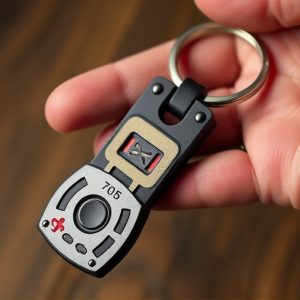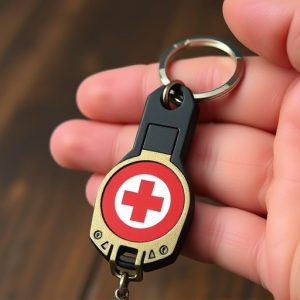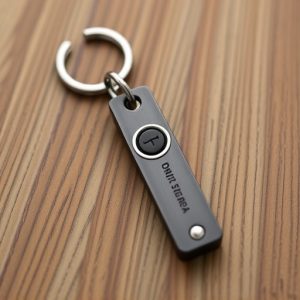Protective Keychain Weapons: Permits, Design, and Legal Considerations
Designing and carrying a protection keychain for self-defense requires understanding and adhering to…….
Designing and carrying a protection keychain for self-defense requires understanding and adhering to regional Keychain Weapon Permit Requirements. Local laws vary widely, dictating age limits, design criteria, and valid reasons for carrying such devices. A balanced design should include compact size, durable materials, and easy grip for swift deployment while staying compliant with legal restrictions and user preferences. Safe handling, secure storage, and knowledge of open/concealed carrying rules are essential to avoid legal issues and ensure the keychain serves its purpose without causing harm.
In today’s diverse world, personal safety is paramount. One innovative solution gaining traction is the protection keychain—a compact, discrete self-defense tool designed to fit comfortably on your keyring. This article explores the intricate details behind these devices, focusing on understanding the varying Keychain Weapon Permit Requirements across jurisdictions and the thoughtful design considerations that make them effective. We also delve into legal implications and safety tips for responsible carrying.
- Understanding Keychain Weapon Permit Requirements
- Design Considerations for a Protection Keychain
- Legal Implications and Safety Tips for Carrying a Keychain Weapon
Understanding Keychain Weapon Permit Requirements
Carrying a protection keychain with blunt force capabilities can be a useful tool for personal safety, but it’s crucial to understand the legal requirements and regulations surrounding keychain weapons, especially if you’re considering purchasing one. Each jurisdiction has its own set of rules regarding what constitutes a legal self-defense tool and the permits required to possess such items.
The Keychain Weapon Permit Requirements often vary based on location, with some areas allowing certain types of self-defense keychains while others have strict restrictions. These requirements may include age limitations, specific design and size criteria for the keychain, as well as a need to demonstrate a valid reason for carrying such a device. It’s essential to research and comply with local laws to ensure you remain within legal boundaries and avoid any potential consequences.
Design Considerations for a Protection Keychain
When designing a protection keychain, especially one intended for self-defense purposes, several key considerations come into play, keeping in mind the diverse needs and preferences of potential users. The first step is to understand the legal requirements and restrictions related to keychain weapons, as each region has its own permit systems (Keychain Weapon Permit Requirements). Incorporating a simple yet effective mechanism that complies with these regulations is essential. For instance, some regions allow only certain types of self-defense tools, so the design should cater to these limitations.
Additionally, the keychain’s physical attributes, such as size, weight, and material, play a crucial role in its usability. A well-designed protection keychain should be compact enough to fit comfortably on a keyring without causing bulkiness or inconvenience. The material used should offer durability against frequent use and potential impact, ensuring it can withstand blunt force without compromising structural integrity. Ergonomics are also vital; the keychain should allow for easy grip and swift deployment, making it accessible in stressful situations.
Legal Implications and Safety Tips for Carrying a Keychain Weapon
Carrying a keychain weapon, while offering added security for personal belongings, comes with legal and safety considerations that must be taken seriously. The legality of such devices varies significantly across jurisdictions, with many regions having strict regulations regarding hidden weapons. It’s crucial to understand these local laws to avoid legal repercussions. Before considering a protective keychain with blunt force capabilities, individuals should research and comply with their area’s keychain weapon permit requirements. Non-compliance can result in fines or even criminal charges.
Safety is paramount when carrying any self-defense tool. Users must be trained in its proper handling and deployment to ensure they don’t cause harm to themselves or others by accident. Responsible ownership includes keeping the device secure when not in use, storing it separately from everyday carry items to avoid accidental activation, and familiarizing oneself with local rules regarding open or concealed carrying. Remember, a keychain weapon is only as effective as the user’s knowledge and skill in deploying it safely.
In conclusion, while a protection keychain with blunt force capabilities can offer added security, understanding local laws regarding keychain weapon permit requirements is essential. By considering design aspects and following legal implications and safety tips for carrying such a device, individuals can ensure they remain within the bounds of the law while protecting themselves. Remember, knowledge of Keychain Weapon Permit Requirements is key to responsible self-defense.


